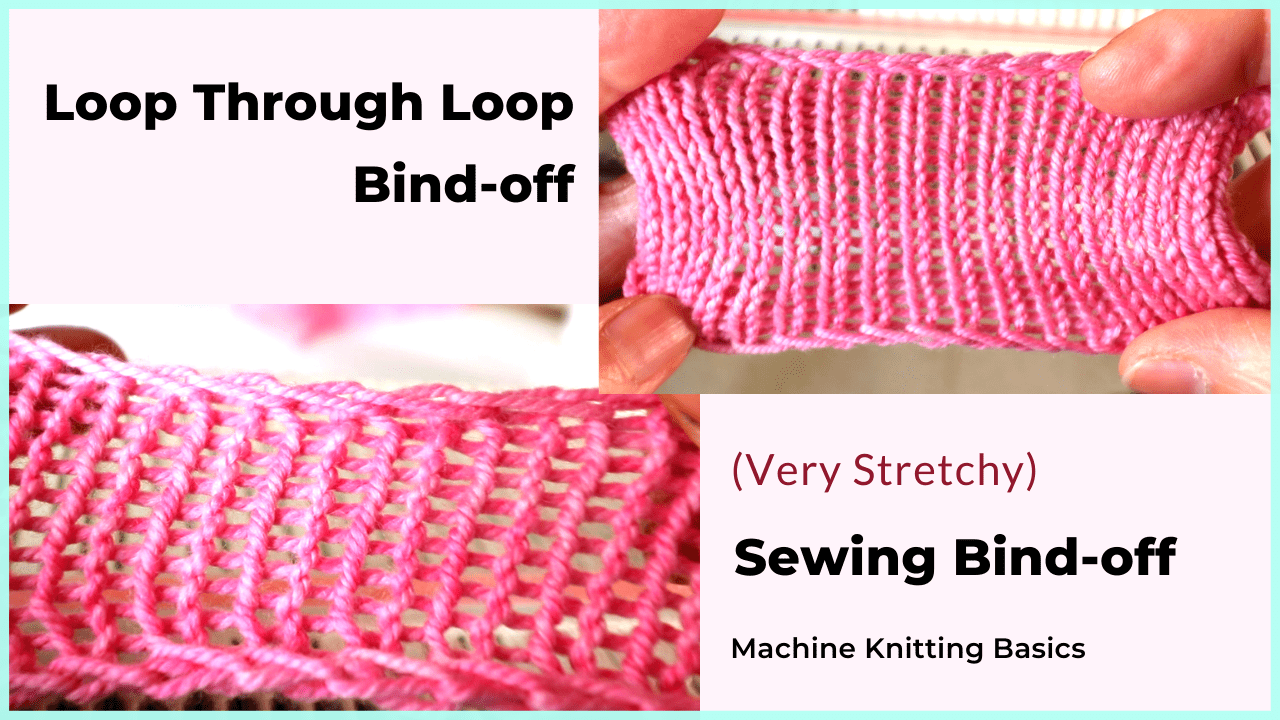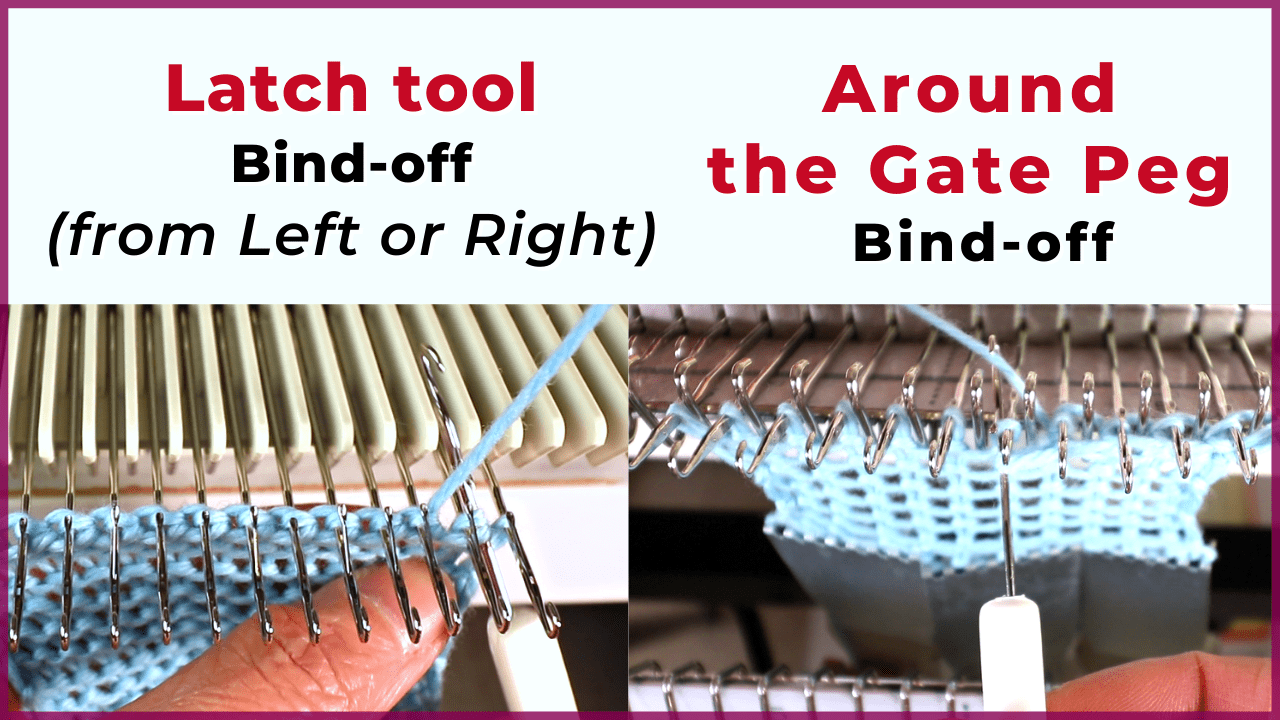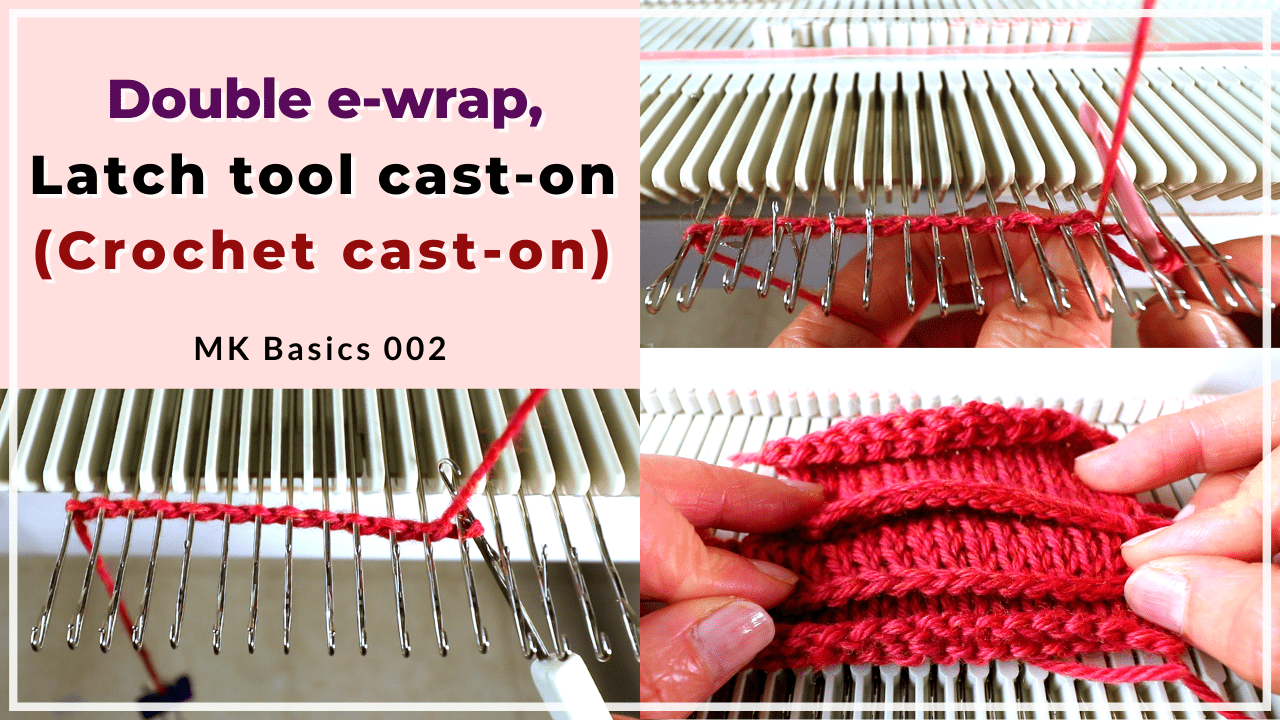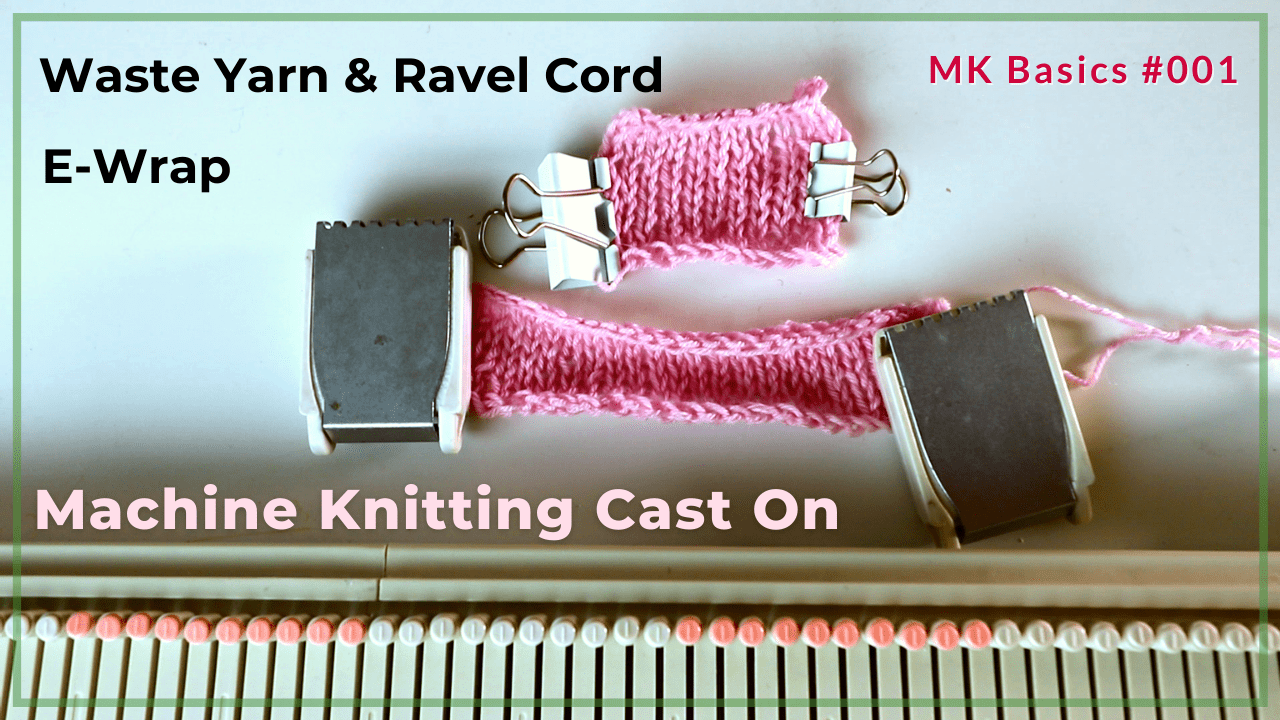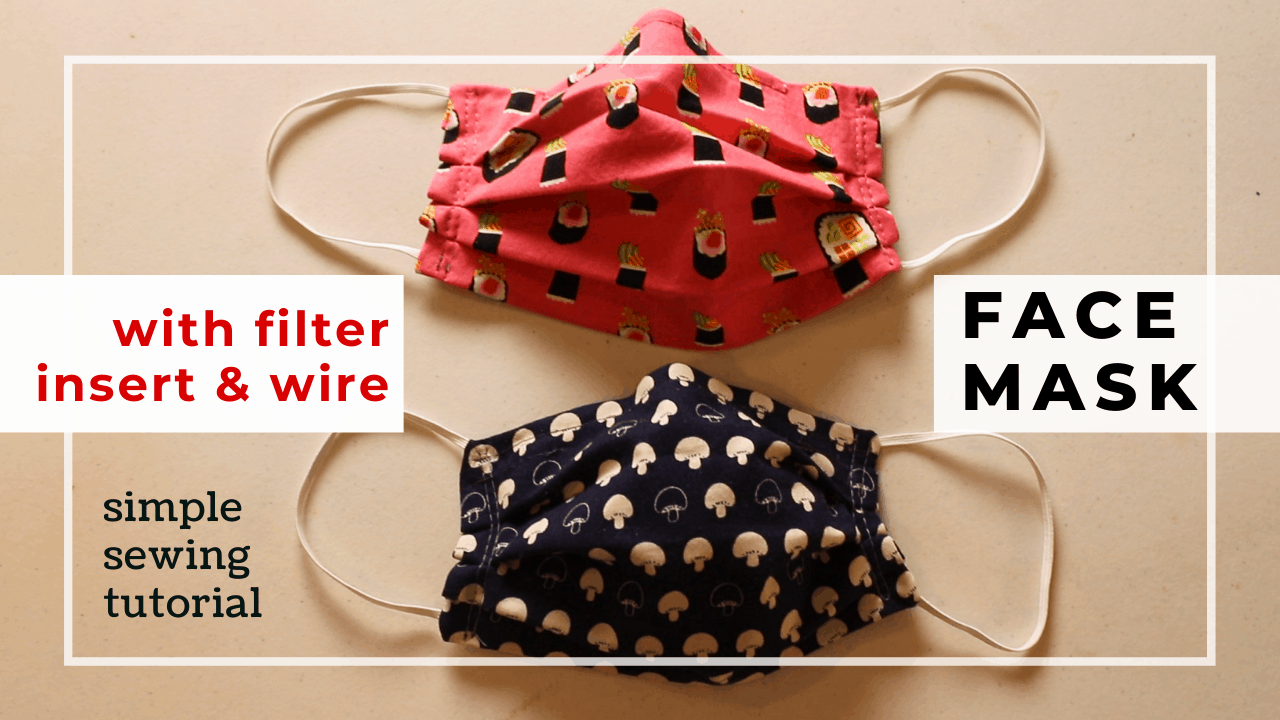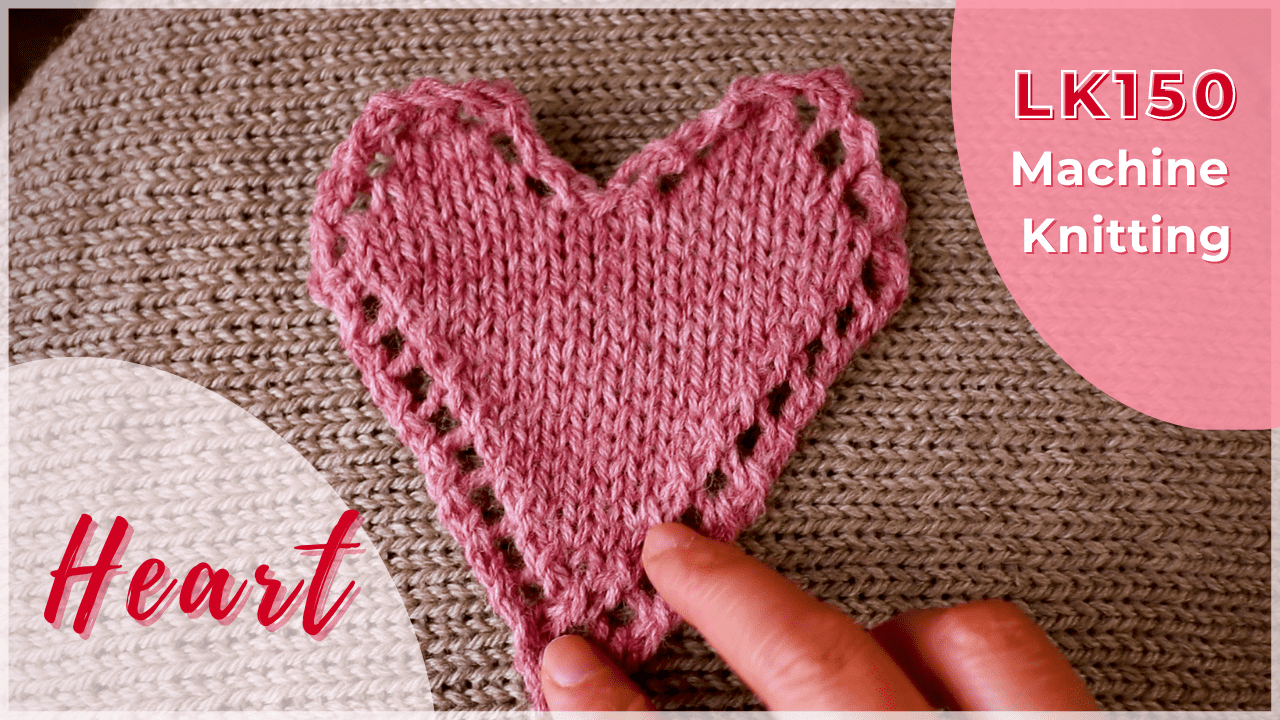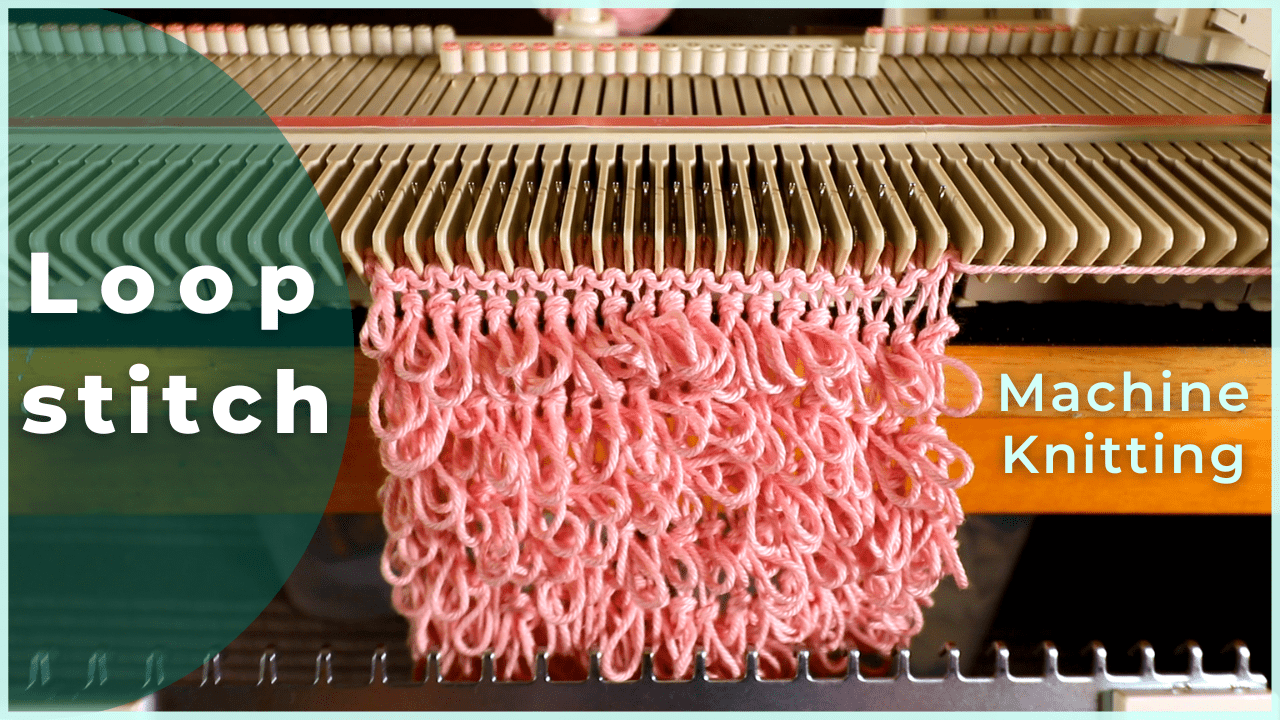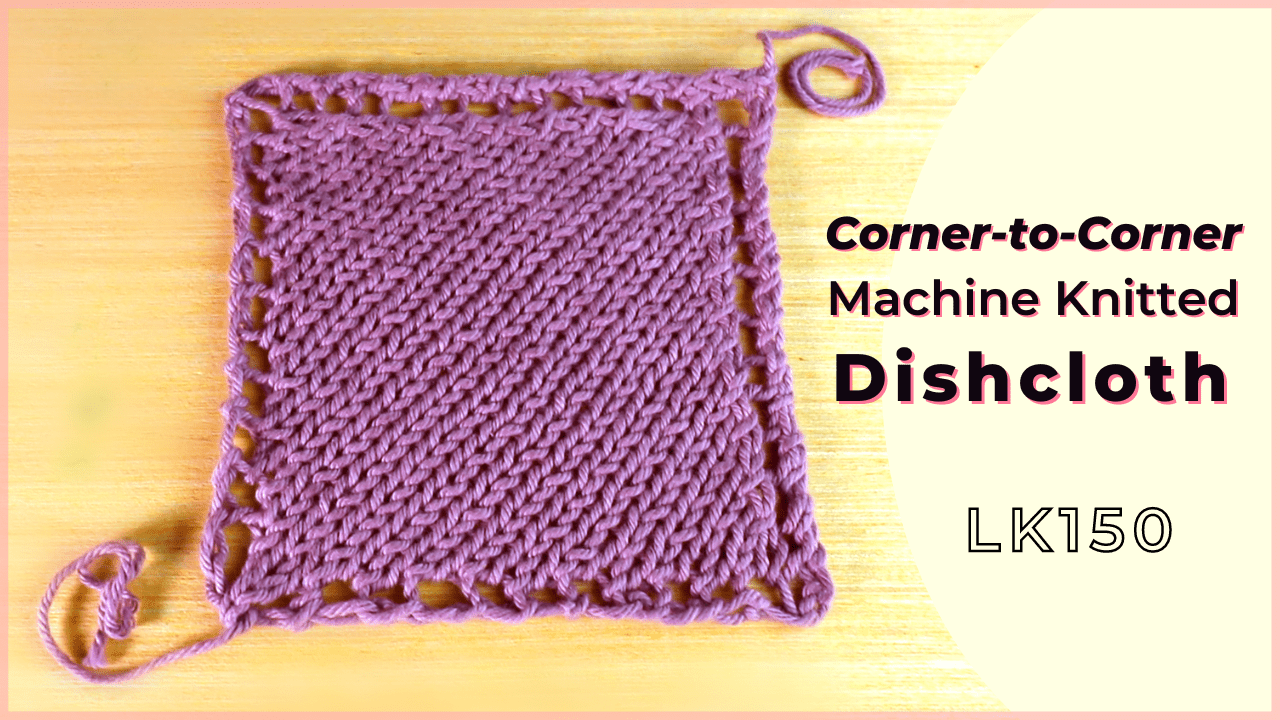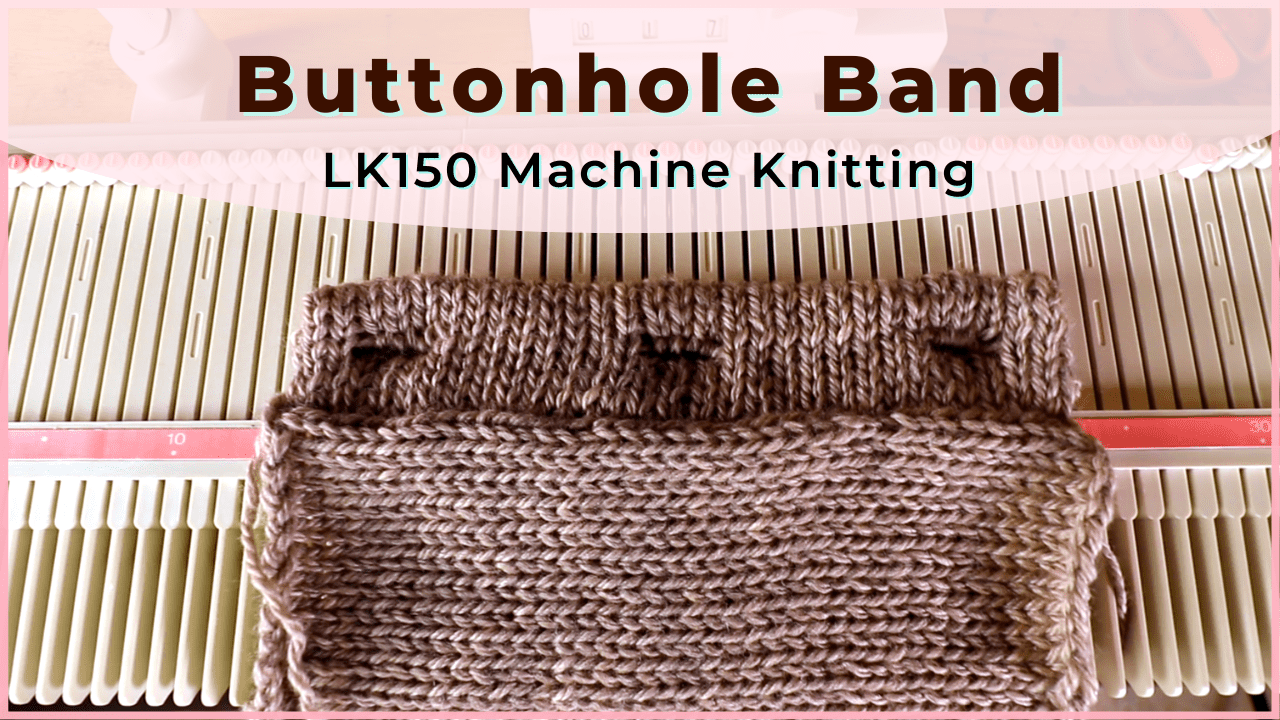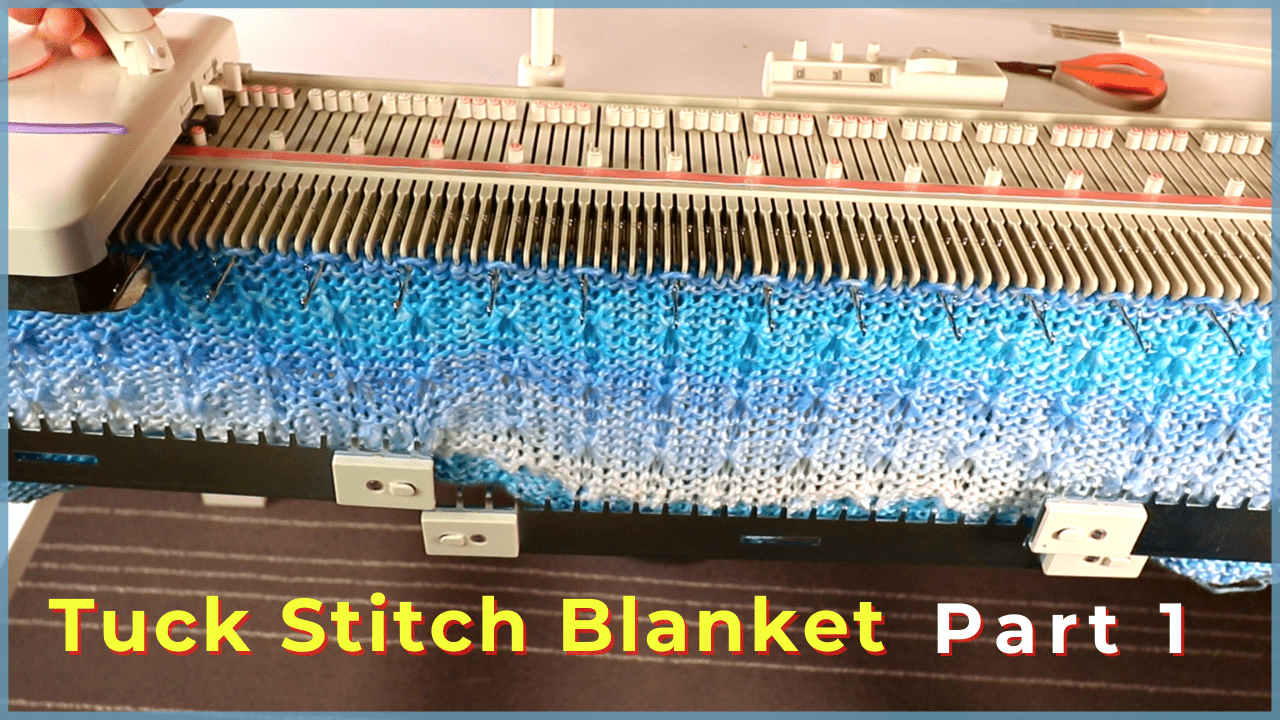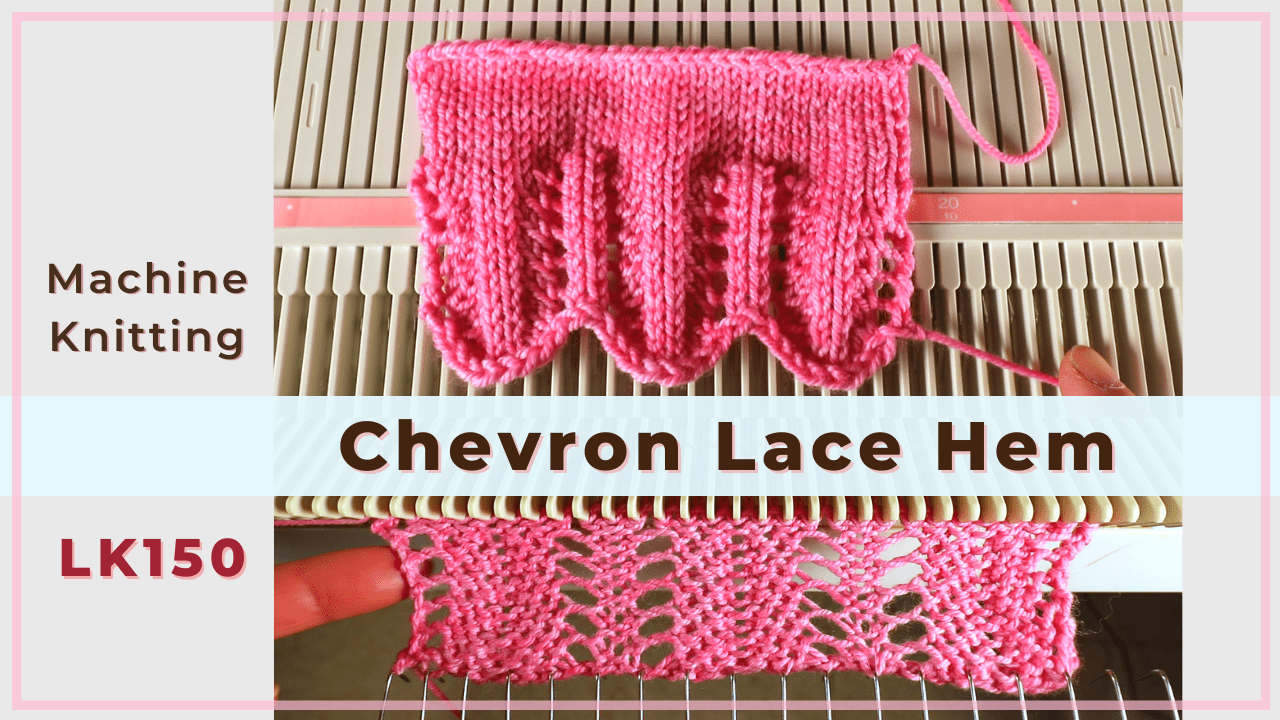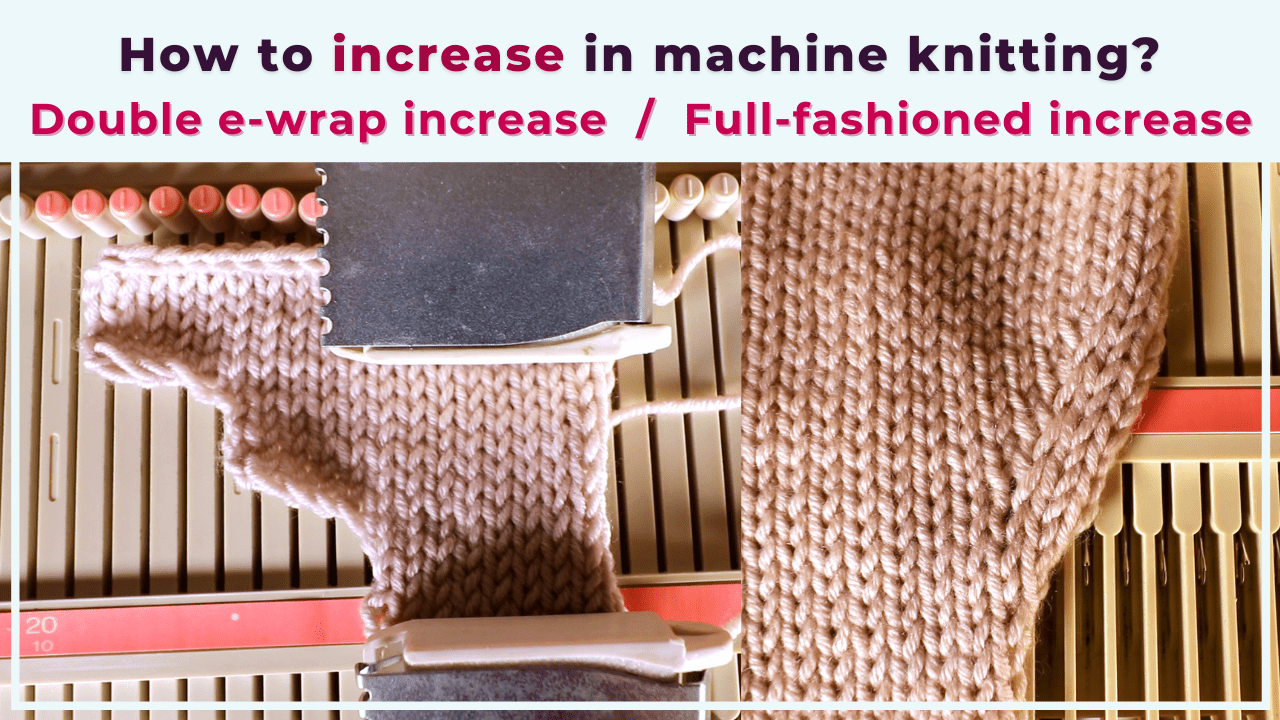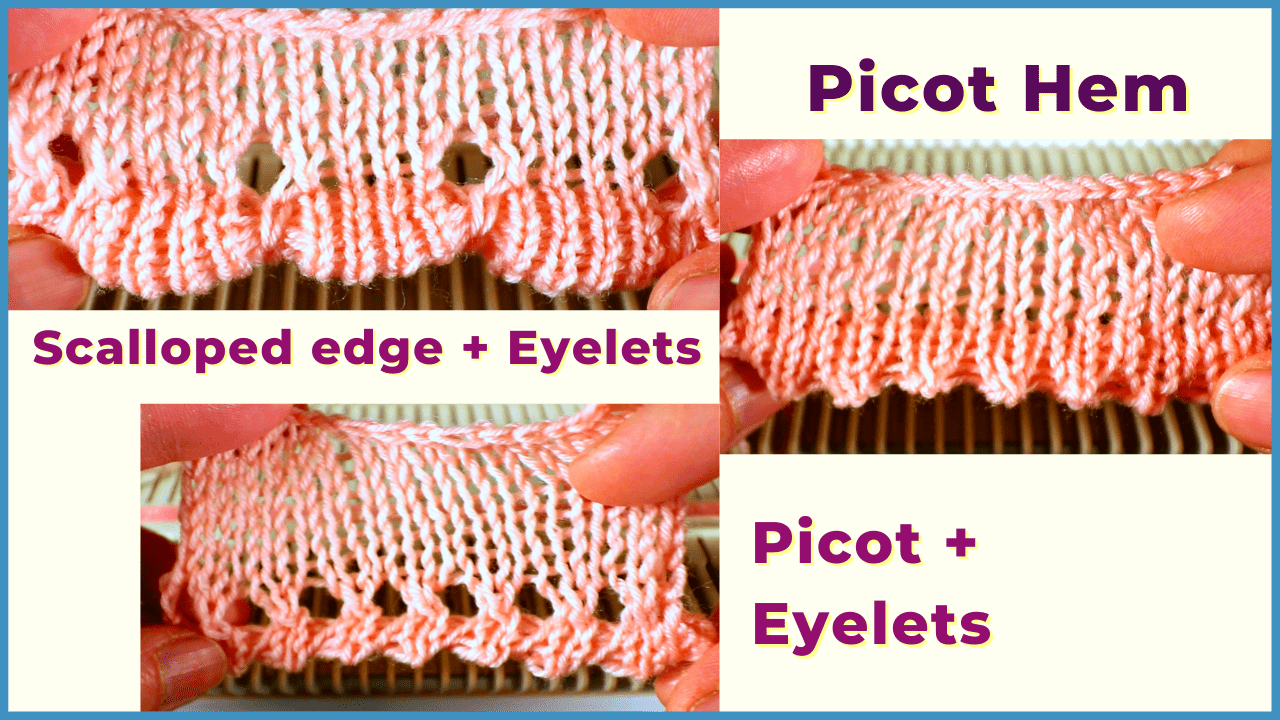Blog
The loop through loop bind-off and the sewing bind-off are 2 basic machine knitting cast-off methods. The loop through loop bind-off creates an edge matching the e-wrap cast on. And the sewing bind-off creates a very stretchy edge. You need a latch tool for the loop through loop cast-off, and a yarn needle (or tapestry needle) for the sewing cast-off. For other basic machine knitting techniques, check out our previous posts at the bottom of
In the last post, we showed the transfer tool bind off for machine knitting. Here is the link. Now we are going to look at the latch tool bind-off, including cast-off from the left and right sides, as well as the around the gate peg cast-off on a metal bed machine. The latch tool bind-off creates a chain stitch row. This is a good bind-off to match the latch tool cast on or the crochet
There are 2 basic bind-off techniques in machine knitting. One is by using a transfer tool, and the other one is by using a latch tool (or crochet hook). In this blog, we are focusing on the transfer tool bind off. In the video below, I am showing 3 different variations of the transfer tool bind-off, including a simple bind-off, no-hole bind-off, and even-tension bind-off on an LK150 knitting machine. As with all machine knitting
Here is the second part of the cast on methods for machine knitting beginners. You will find the video below for the double e-wrap cast on, latch tool cast on, and crochet hook cast on. The double e-wrap creates a sturdy edge compared to the simple e-wrap cast on. The latch tool or crochet hook cast on are basically the same, just with different tools. They both create a row of chain stitches that are
If you are just starting out with machine knitting, it can be difficult to find information to learn the basics. Most knitting machines are second-hand, and different manufacturers have different knobs and buttons for the same function. That is why we are starting the basic machine knitting technique series on the CreativeTien YouTube channel. The first lesson is the basic cast on, including the use of waste yarn, ravel cord, and e-wrap. Most machine knitting
